Question:1
What are you required to do after passing the following traffic sign, which is placed to your left?

Category : Traffic Signs
Question:2
What is the main function of the auxiliary brake (hand/parking brake)?
Category : Know Your Vehicle
Question:3
For what reason are weights installed on the tractor’s front?
Category : Safety
Question:4
Under which conditions is it allowed to deviate from a driving lane?

Category : Rules and Regulations
Question:5
How can we overcome the problem of tiredness while driving?
Category : Safety
Question:6
Can a temporary sign, which is posted under the direction of a police officer, be regarded as a legitimate traffic sign?
Category : Rules and Regulations
Question:7
While braking and slowing down, what force of nature is applied on the vehicle?
Category : Safety
Question:8
The following illustration shows an intersection with traffic signs. What is the correct manner of making a turn from street A to street C?
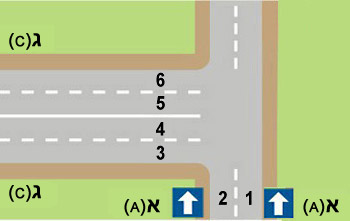
Category : Rules and Regulations
Question:9
What vehicle features should be adjusted in order to ensure a comfortable and safe sitting position?
Category : Safety
Question:10
What is the meaning of the following traffic signs?
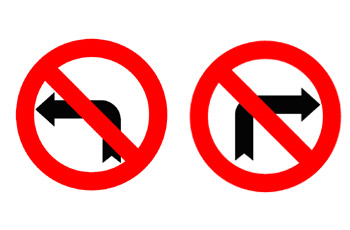
Category : Traffic Signs
Question:11
Which of the following warning indicators does not require the driver to stop driving when it lights-up?
Category : Know Your Vehicle
Question:12
What is the meaning of the following traffic signs?
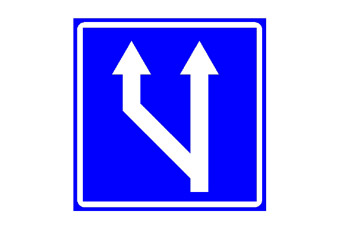
Category : Traffic Signs
Question:13
When the following road sign is placed:

Category : Traffic Signs
Question:14
What is the meaning of the following traffic sign?
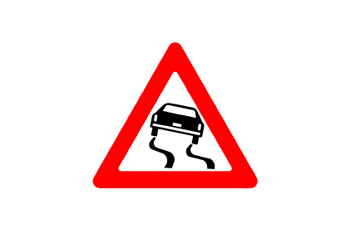
Category : Traffic Signs
Question:15
Define “own weight”:
Category : Rules and Regulations
Question:16
What is the meaning of the following traffic sign?

Category : Traffic Signs
Question:17
When is it permitted to use floodlights?
Category : Rules and Regulations
Question:18
What is the meaning of the following traffic sign?
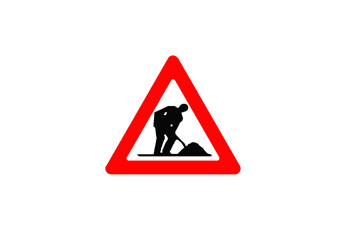
Category : Traffic Signs
Question:19
Is it obligatory to obey the directions of a Public Works Department employee in uniform?
Category : Rules and Regulations
Question:20
What is the consequence of tyre pressure that is too high?
Category : Know Your Vehicle
Question:21
One of the conditions justifying an overtaking of a driving vehicle is:
Category : Safety
Question:22
How is a driver supposed to deal with a situation in which pedestrians are crossing his driving lane on a crossing whilst he is making a right turn?
Category : Safety
Question:23
On which axle do the tractor’s service brakes act?
Category : Safety
Question:24
What is the meaning of the road-sign?

Category : Traffic Signs
Question:25
Define “play street”:
Category : Rules and Regulations
Question:26
Which traffic sign that is placed before an intersection requires drivers to give right-of-way?
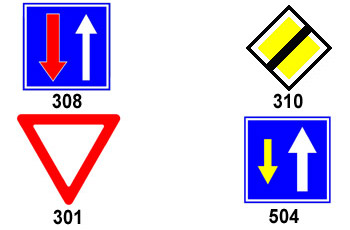
Category : Traffic Signs
Question:27
When are you obliged to signal before moving out of your lane for the purpose of overtaking?
Category : Rules and Regulations
Question:28
Define “one way street”
Category : Rules and Regulations
Question:29
What is the meaning of the following traffic sign?
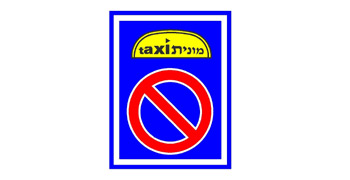
Category : Traffic Signs
Question:30
What law is applied to a driver of a hand propelled vehicle?
Category : Rules and Regulations

